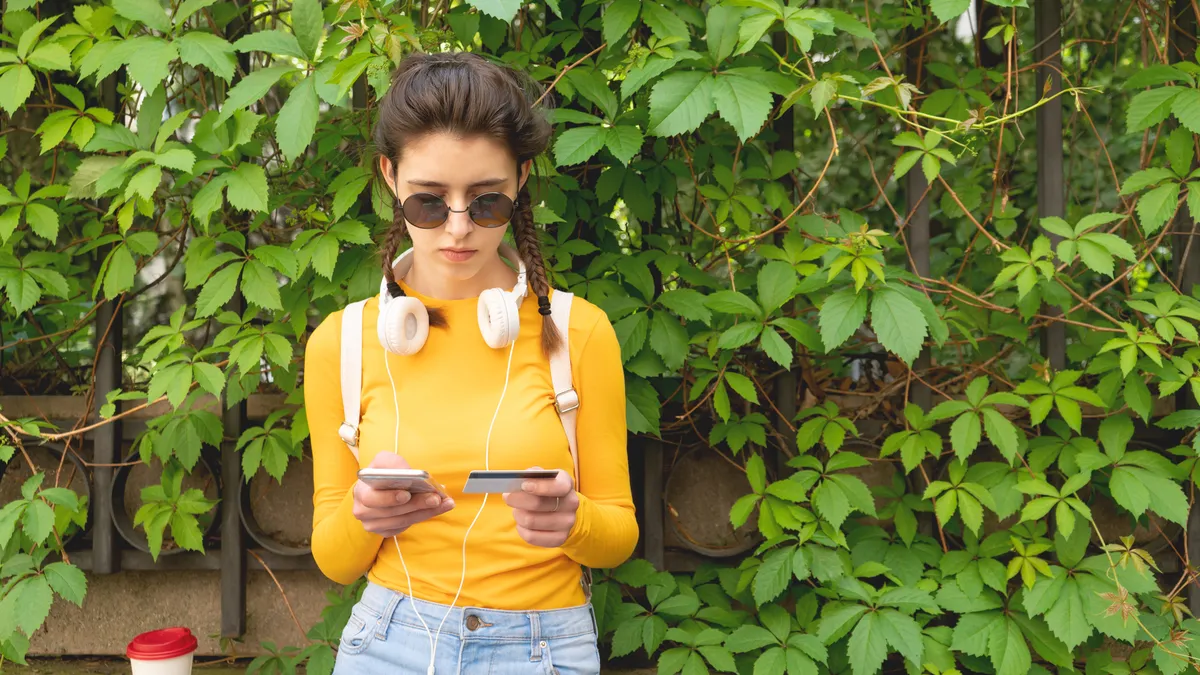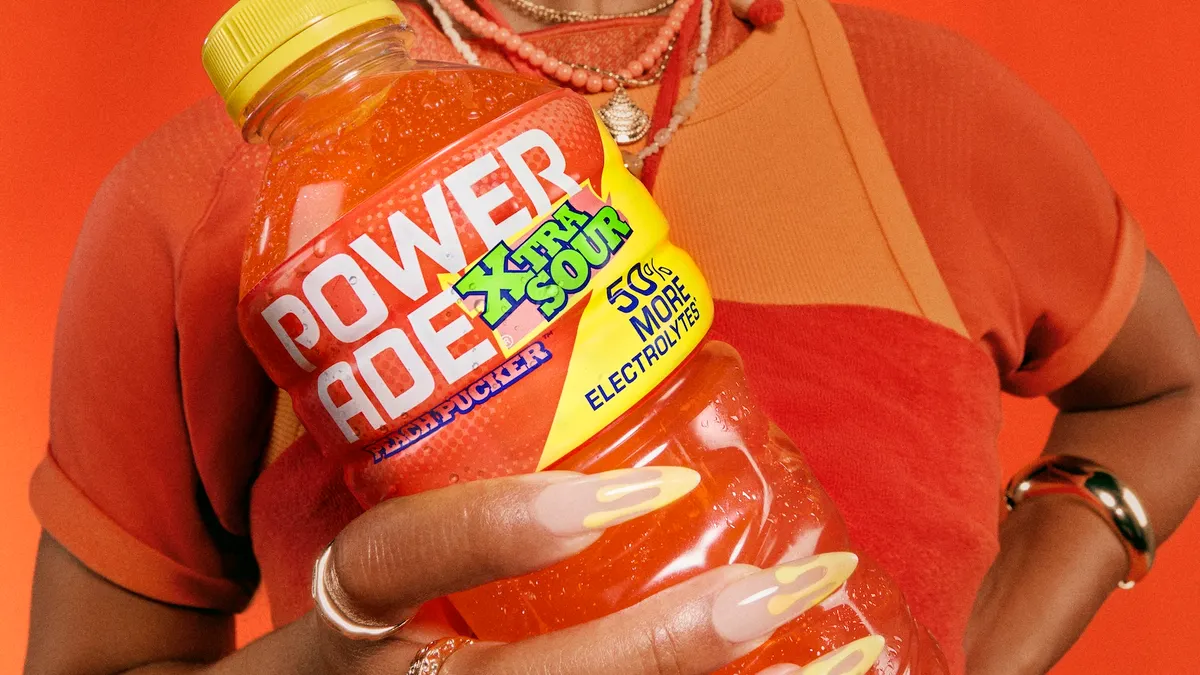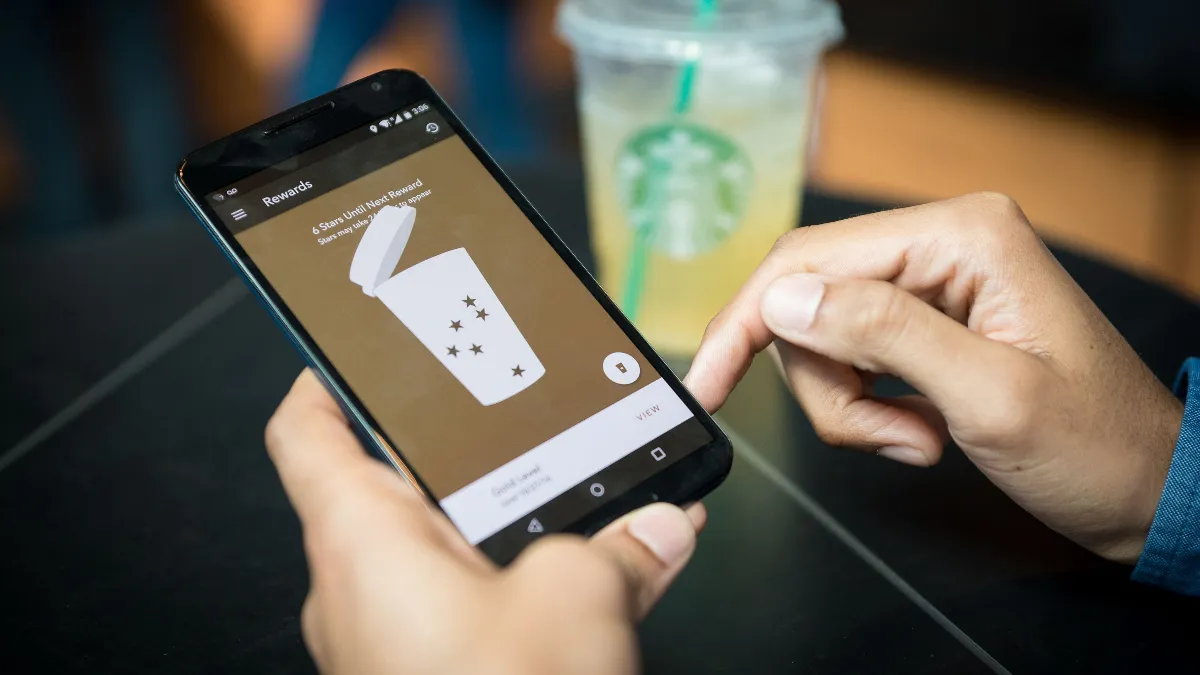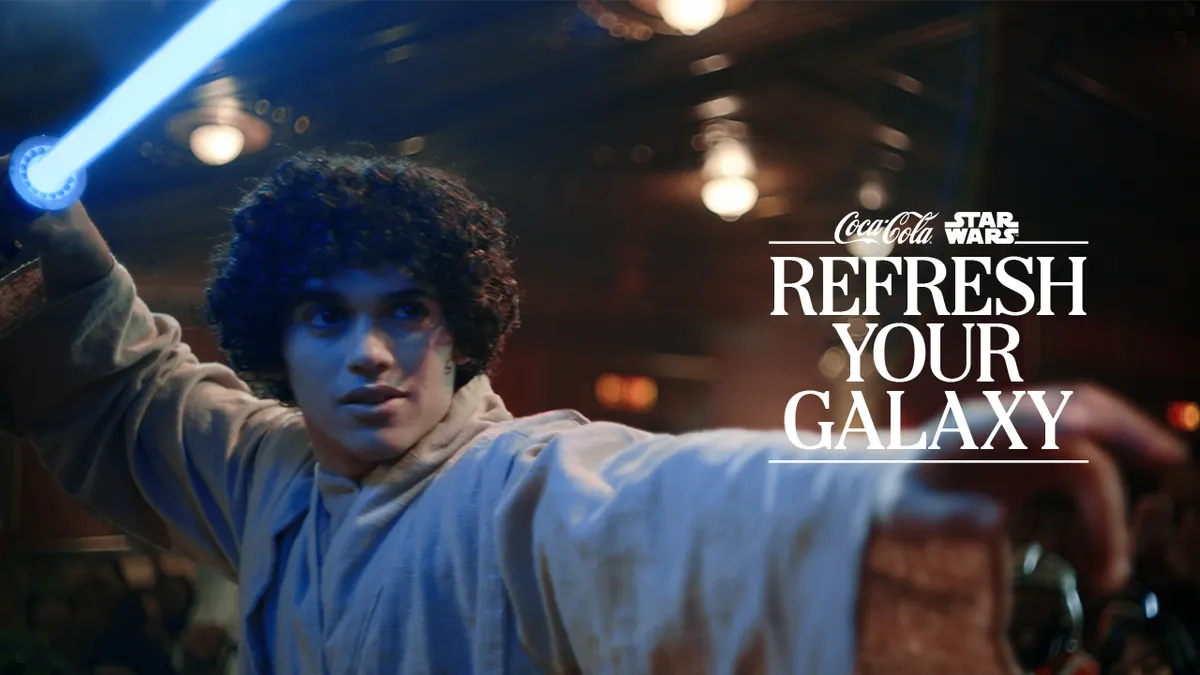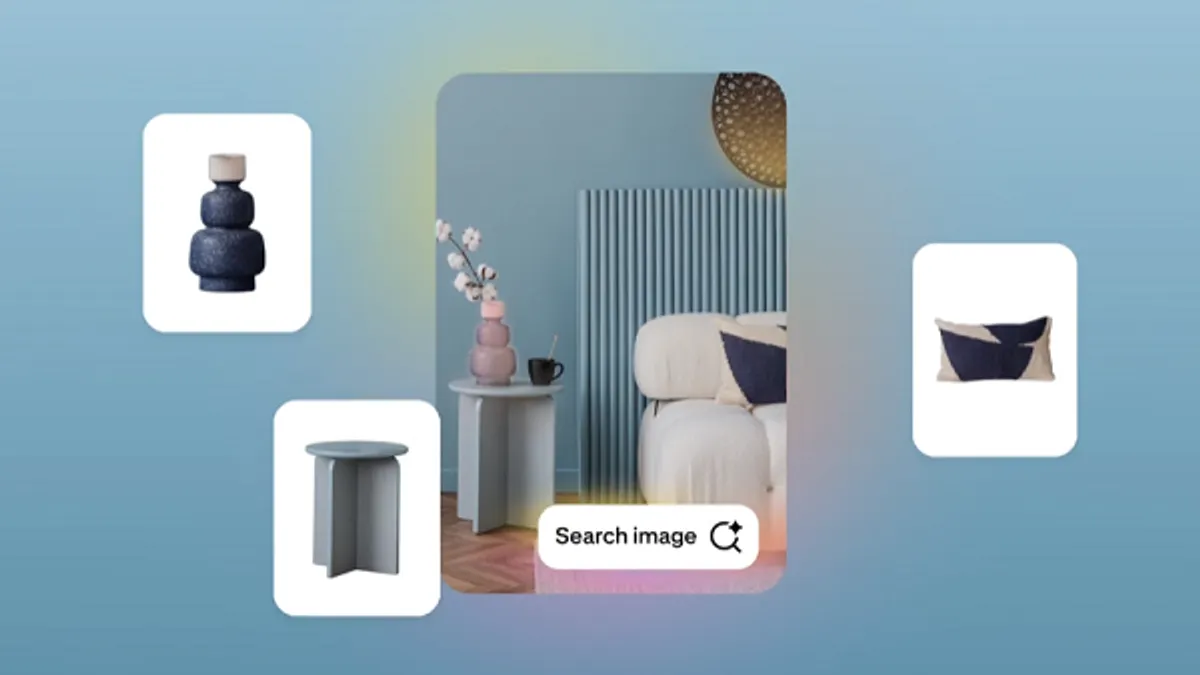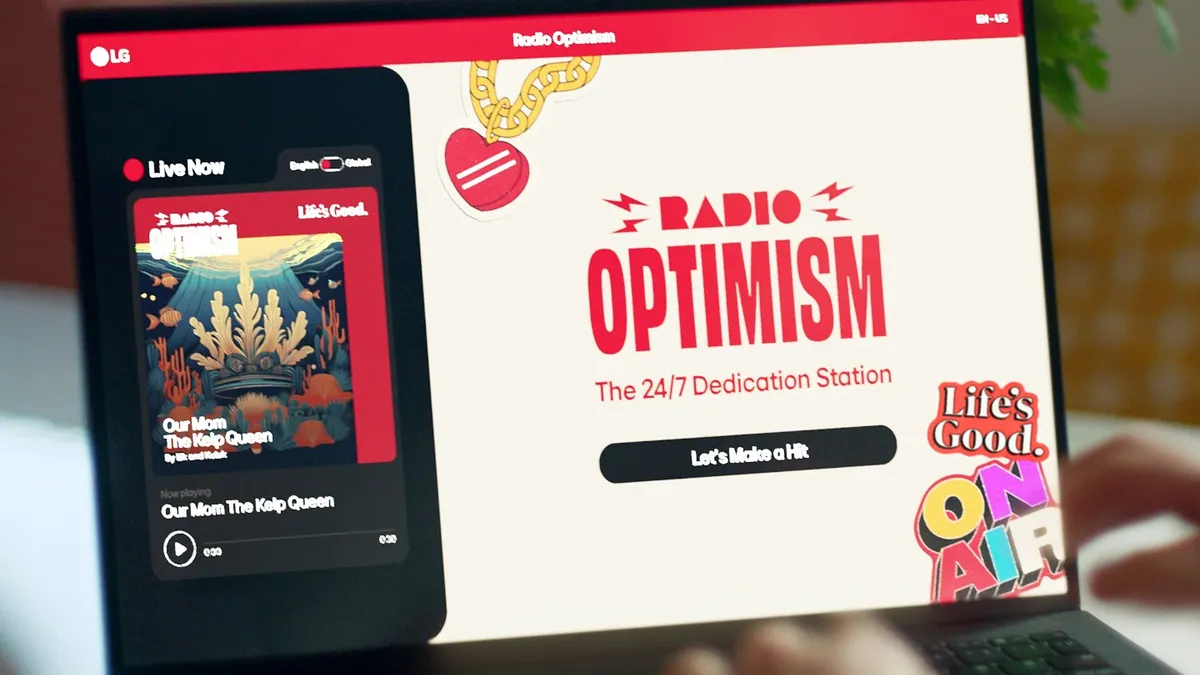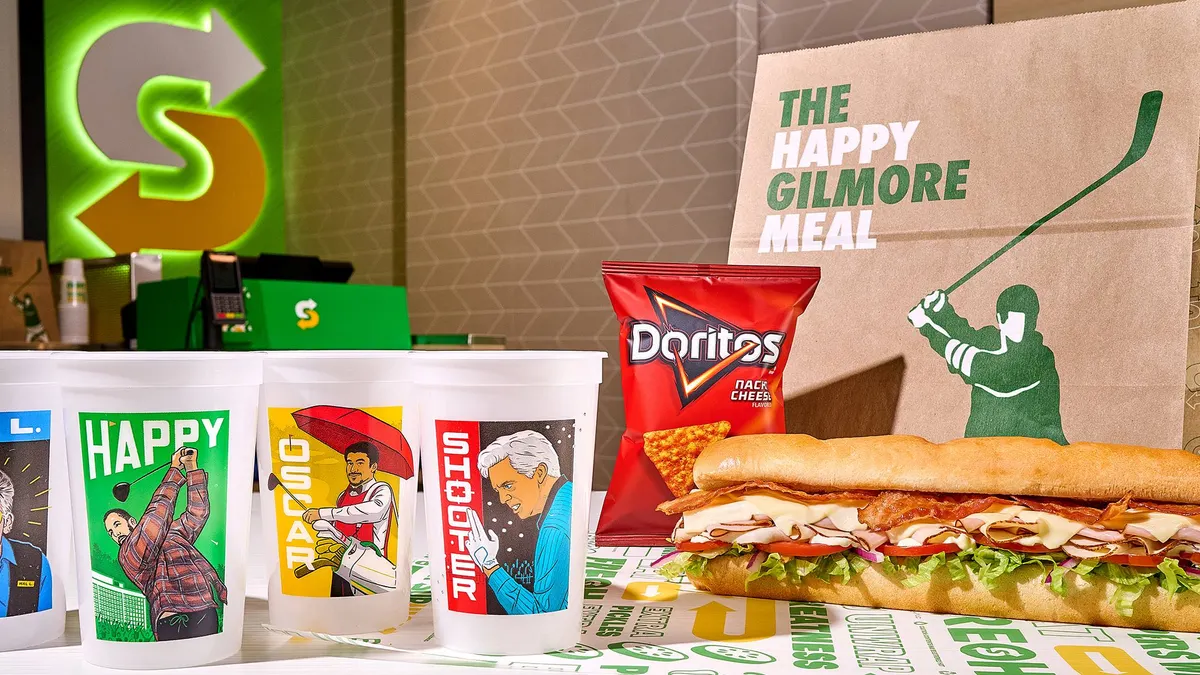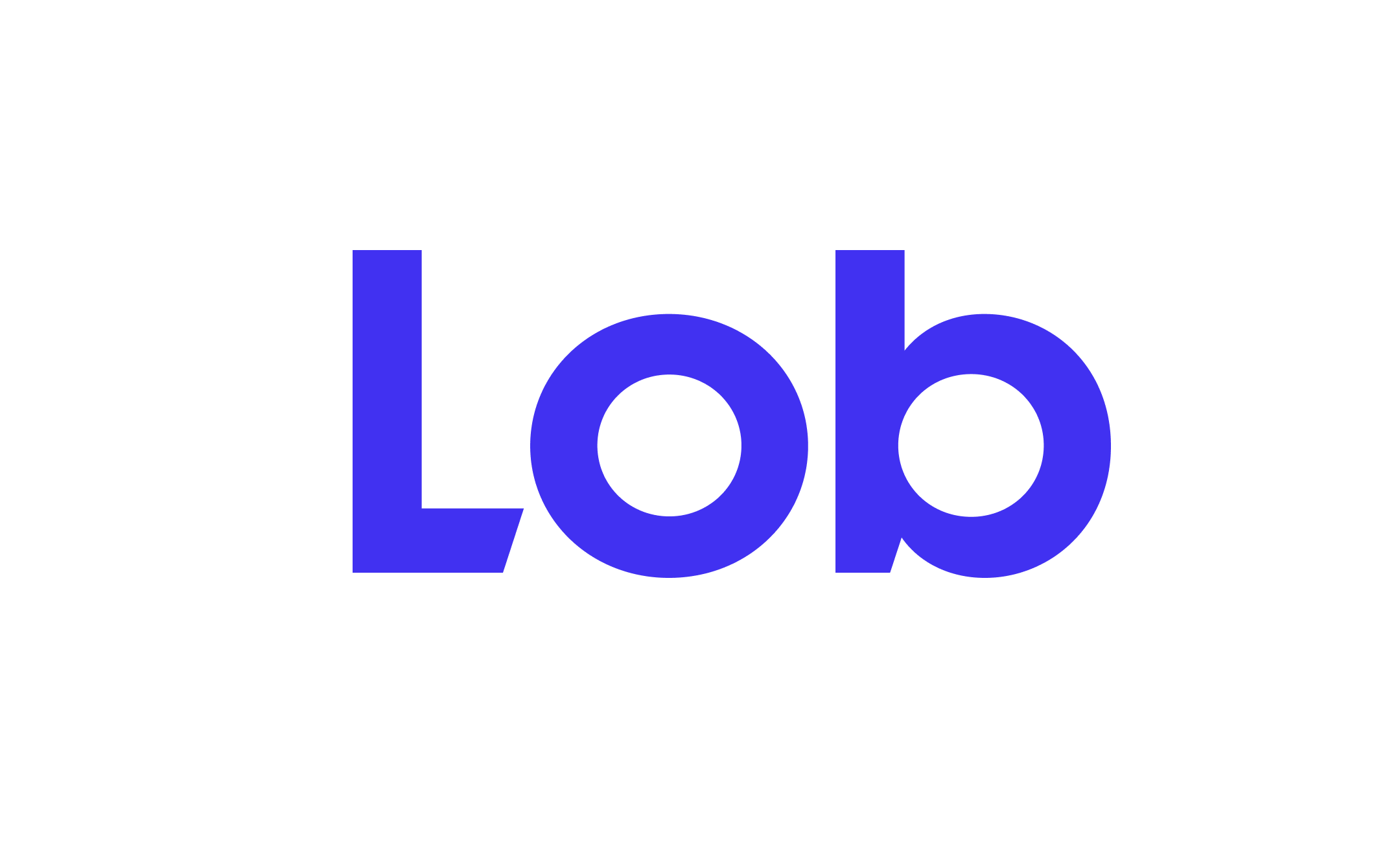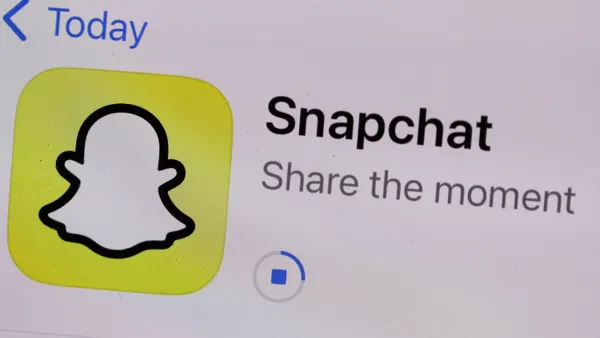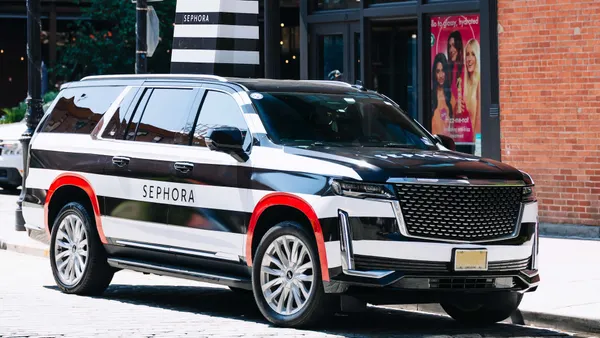Google’s annual showcase of new features and services for marketers this year included more ways to engage consumers with visual and immersive content on their mobile devices. The changes mark another step in the search giant’s evolution from text-based search results — and in its efforts to connect brands with consumers when they’re most ready to make a purchase.
“The organic experience is becoming more visual,” Tina Weyand, Google’s senior director of product management for retail ads, said at the company’s Marketing Live event on May 24. “So, we’re making sure that our ads are also becoming more visual and meeting those consumer needs.”
The additional visual content includes videos in search results for mobile shopping, such as from its YouTube video-sharing platform or "other sources coming on to the feed,” Weyand said.
Google’s expansion of visual search results for mobile shopping comes as smartphones, a major gateway to the internet for millions of consumers, become a bigger driver of e-commerce. Mobile commerce will nearly double its share of total U.S. retail sales from 5.5% in 2020 to more than 10% by 2025, researcher eMarketer estimated.
The company introduced mobile-first layouts for its responsive display ad format, which generates customized ads from a brand’s visual assets such as images, headlines, logos, videos and descriptions. The mobile-first formats will include full-screen portrait mode ads, in addition to scrollable and video ads tied to product feeds by the end of the year, according to Google.
“I was intrigued by how much this felt inspired by TikTok rather than Amazon, who we typically think of as Google's main competitor in the online shopping space,” said Jyll Saskin Gales, a former Google employee who consults with businesses that advertise on the company’s platforms. “The proliferation of vertical creative formats, talking about impulse purchasing, being immersed... that's TikTok.”
Integration with Performance Max
Google provided updates on its Performance Max campaigns, an artificial intelligence (AI) solution the company introduced last year to enable marketers to advertise across its properties in the same campaign. Its retail media service and Smart Shopping campaigns, which automatically pull product data from a feed and uses it to create customized shopping ads, are being added to Performance Max campaigns.
“What Google is trying to do here is eliminate the whole idea of a separate mobile, desktop, display, native, video, et cetera, strategy,” Curt Larson, chief product officer at ad exchange Sharethrough, said in emailed comments. “Their central proposition is: give us all your assets, tell us what success looks like for your campaign and our engine will figure out the right creative for the right user on the right device at the right price."
As part of Google’s efforts to help advertisers automate their campaigns with Performance Max, the company is adding a variety of tools for marketers to optimize their digital advertising efforts. In addition to features such as A/B testing for Performance Max, Google expanded campaign management support in its Search Ads 360 and the Google Ads mobile app. The tools will give marketers the ability to make adjustments to campaigns – in addition to its automated solutions.
Google this fall is expanding Performance Max to advertising for hotels, an industry that has embraced mobile apps to engage travelers. The expansion will let hotels promote properties across all of Google's channels and include property-specific search queries.
“Google's Marketing Live event, in particular the automation track, builds on and makes specific some of the trends we've been talking about for a while,” Larson said. “AI allows for marketers to move up the value chain, away from dealing with creative asset requirements and allocations of budgets to hundreds of line items and towards making sure the machine understands what success looks like and letting the AI engine handle optimization.”
Expanded augmented reality
Augmented reality (AR) technology has been an outgrowth of smartphones in the absence of a commercially viable headset whose lenses overlay digital images on the wearer’s surroundings. Google’s failed Google Glass device hasn’t deterred the company from recognizing the significance of AR technology in applications such as shopping.
Marketers that have created 3D visualizations of products can incorporate them in AR ads that appear in search results. The idea is to give consumers a more complete picture of a product to help them make an informed buying decision without having to visit a store.
“We believe AR will become the next permanent staple in how shoppers interact with brands and products digitally,” Bill Ready, president of commerce at Google, said at the event.


